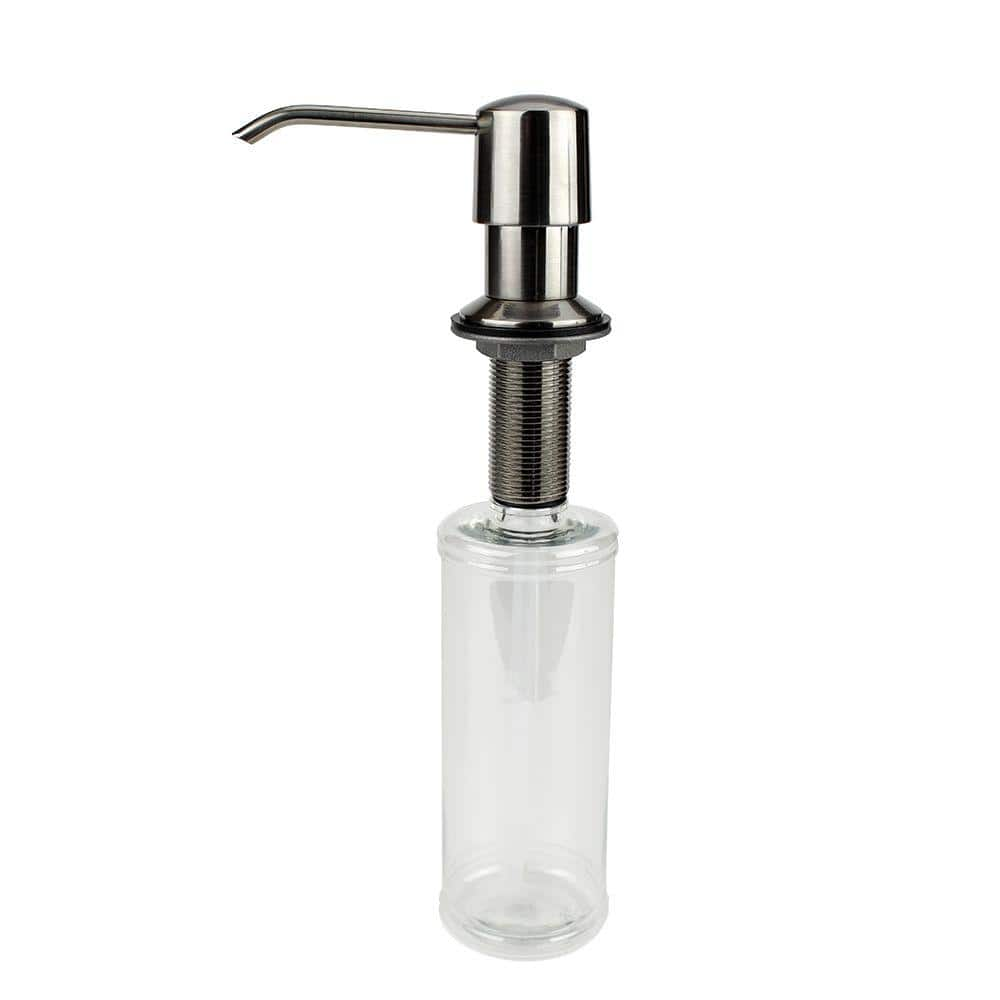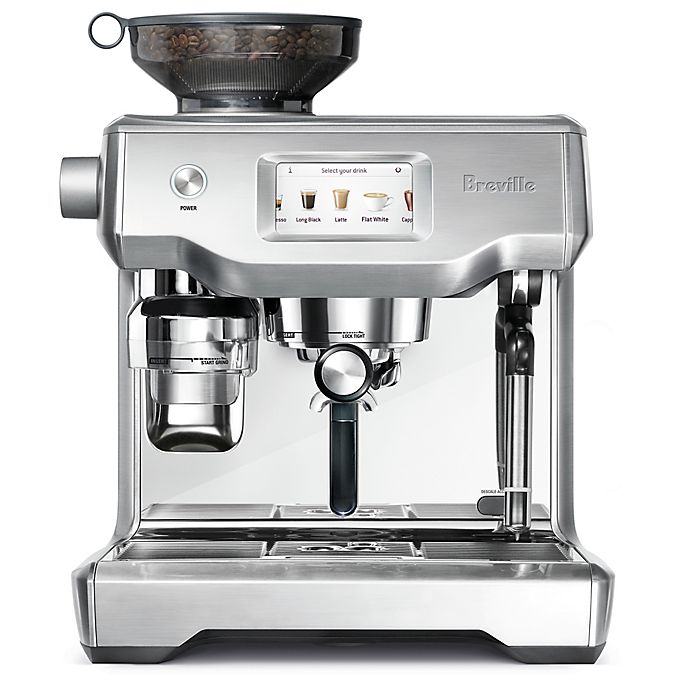Glacier Bay Straight Nozzle Metal Soap Dispenser in Satin Nickel
-
( 3 Reviews )Rated 4.33 out of 5 based on 3 customer ratings03
Easy refill from top of dispenser; includes straight nozzle. Satin nickel finish complements a variety of decors. Zinc and brass construction provides lasting durability.
SKU:
206417850
Categories: Kitchen & Dining, Kitchen Faucets
Tag: Straight Nozzle Metal Soap Dispenser
-
Le Creuset® Signature 3.5 qt. Cast Iron Covered Sauteuse
Rated 5.00 out of 503Le Creuset® Signature 3.5 qt. Cast Iron Covered Sauteuse
Rated 5.00 out of 503 -
Breville® the Oracle Touch Complete Espresso Maker
Rated 4.75 out of 504Breville® the Oracle Touch Complete Espresso Maker
Rated 4.75 out of 504 -
13pc HexClad Hybrid Cookware Set with Lids – Hexclad Cookware
Rated 5.00 out of 50513pc HexClad Hybrid Cookware Set with Lids – Hexclad Cookware
Rated 5.00 out of 505 -
iRobot Roomba 694 Wi-Fi Connected Robotic Vacuum Cleaner
Rated 4.80 out of 505iRobot Roomba 694 Wi-Fi Connected Robotic Vacuum Cleaner
Rated 4.80 out of 505
This Glacier Bay Straight Nozzle Metal Soap Dispenser combines function and style for a classic upgrade. Featuring a zinc and brass nozzle-head construction, this dispenser offers quick assembly, with easy soap refill from the top. This soap dispenser mounts next to the kitchen faucet with an undermount reservoir bottle (requires hole in counter/sink for installation). It features a classic straight design with a satin nickel finish for a simplistic look.
- Undercounter soap reservoir holds 12 oz. of liquid soap
- Reservoir bottle is clear for easy viewing of contents
- To refill soap, just pull out nozzle/head and tube and pour liquid soap into bottle neck; then replace nozzle/head and tube back into bottle to start use
- Satin nickel finish
- Straight nozzle
- If the soap dispenser stops dispensing, you may need to prime the pump; to do this, just place your finger over the opening on the end of the nozzle and pump several times; soap, lotion should now dispense
- Can also be used with lotion or hand sanitizer
Additional information
| Dimensions | H 10.98 in, W 4.49 in, D 2.35 in |
|---|---|
| Manufacturer Warranty | Limited Lifetime |
Average Rating
4.33
Rated 4.33 out of 5 based on 3 customer ratings
035 Star
33.33%
4 Star
66.67%
3 Star
0%
2 Star
0%
1 Star
0%
Submit your review Cancel reply






by Busaki
Used my app in the store to easily find the soap dispenser and it was easy to install.
by Resa
Well made, nice looking. Could use a larger reservoir.
by Brian
Most of these dispensers can NOT tolerate Anti-bacterial soap… The O rings and the interior finish of the pump get ‘attacked’ by it; the O rings split and/or get brittle and the metal parts corrode quickly & severely. Usually, Anti-bacterial soap shortens the life to about a year.